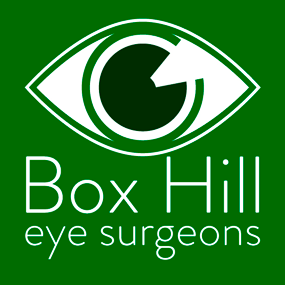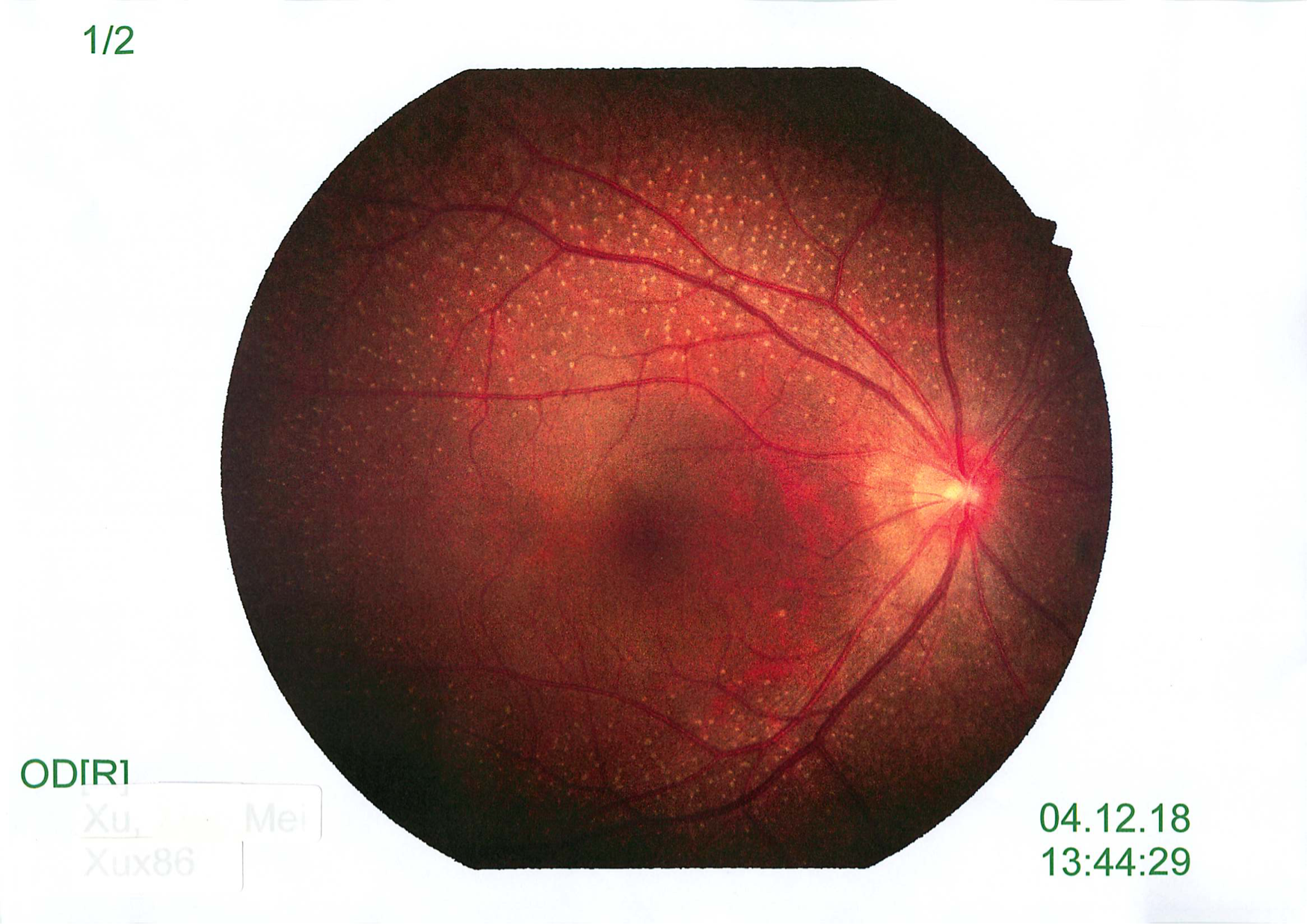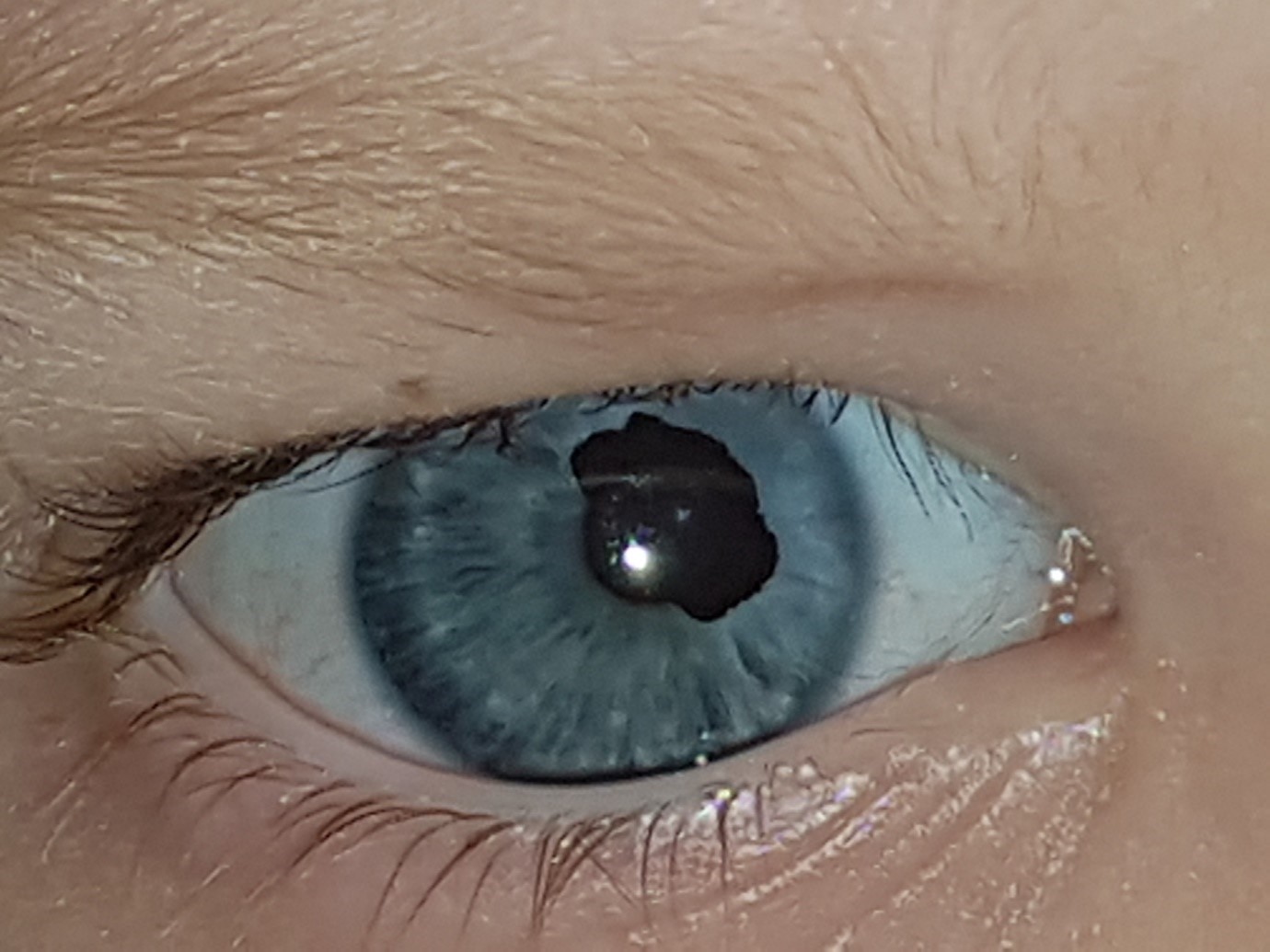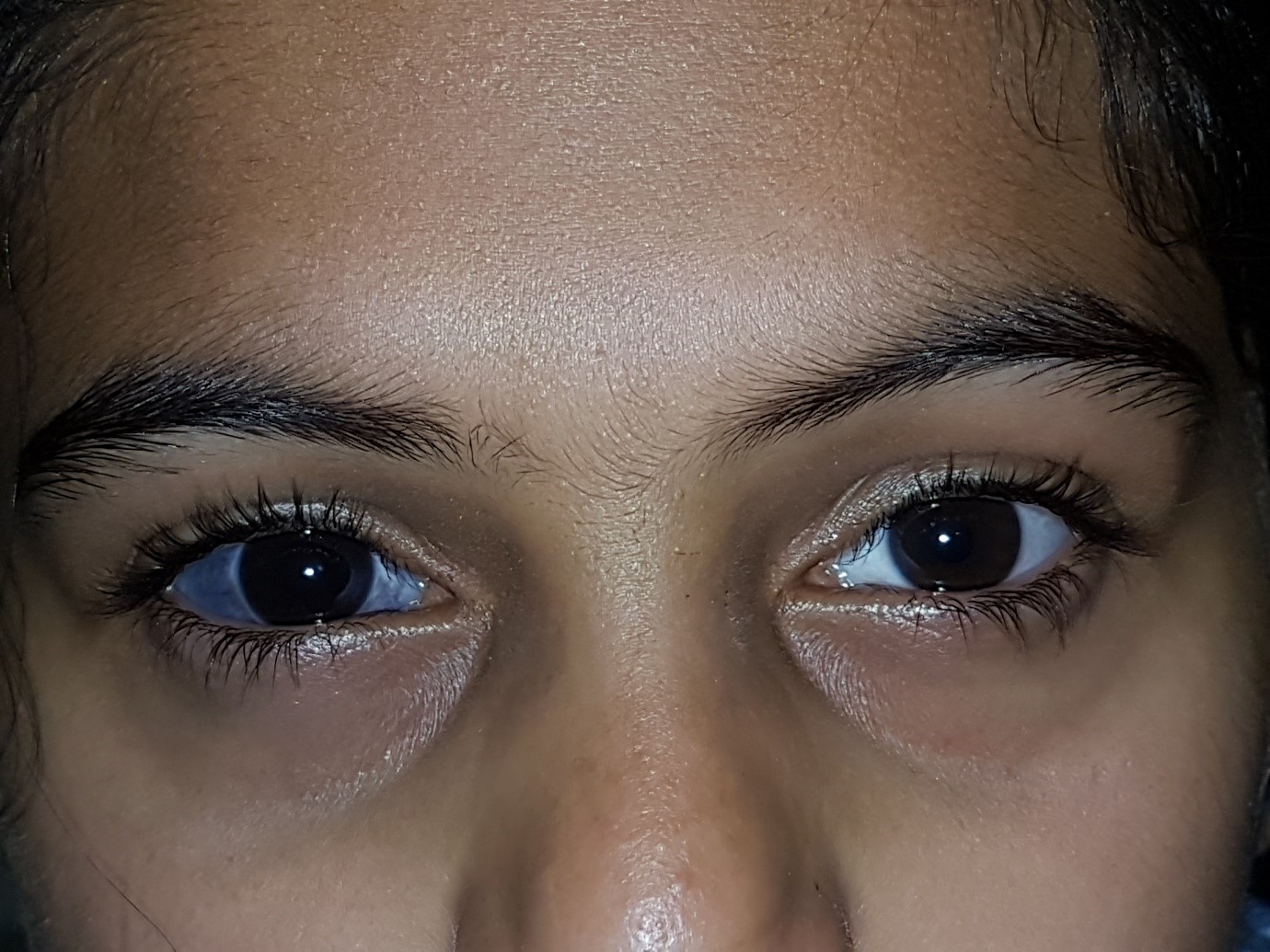
Lifestyle Modification in Glaucoma Management
Lifestyle Modification in Glaucoma Management
Dr Janice Thean
More and more often in clinically settings, when a diagnosis of glaucoma is given, patients often ask questions such as:
- Is there anything I can do apart from using eyedrops?
- Are there any vitamins that I can take?
- Are there any food/ drinks/ activities that I should avoid?
- Does treating my blood pressure help?
Here is a summary of some of the pearls of wisdom gleaned from Professor Helen Danesh–Meyer from the recent RANZCO congress.
Medical Factors
- Elevated systemic BP is only associated with slight increase in IOP, hence not playing a big part but it has been shown that systemic hypertension is associated with POAG (primary open angle glaucoma) and systemic hypotension is associated with NTG (normal tension glaucoma).
Exercise
- Exercise does lower IOP but only for a short time, especially if the person is unfit, but the lowering effect plateaus in healthy active people.
- Yoga can be a risk factor as certain head down postures can increase the IOP 2-3 fold.
Dietary / Vitamin
- It was found that the risk of developing open angle glaucoma is reduced in women consuming at least one weekly serving of green collards and kale (69%), also in those eating 2 carrots per week (64%) and slightly less in those consuming canned peaches every month (47%).
- Flavonoids are a large family of phytonutrient compounds found in various plants (berries, tea, citrus, fruits), chocolates and red wine. These may be helpful in maintaining or restoring the visual field in patients with glaucoma and ocular hypertension, although they have no significant influence on IOP reduction.
- There is theoretical benefit of gingko biloba as it is known to improve blood flow, protect against oxidative cell damage and free radicals and has an anti-inflammatory effect. You have to be mindful of the cross reaction of this medication with warfarin and NSAID. Otherwise, it is pretty safe to take this.
- Green tea contains EGCG (epigallocatechin gallate) which has antioxidant properties. It has been shown in vitro to protect against degeneration of photoreceptors.
- Caffeine has been shown to acutely elevate IOP in glaucoma patients by 3 mmHg.
Hobbies / Sports
- Playing a wind or brass instrument can drive up the IOP by about 20 mmHg.
- The type of swimming goggles can also influence your IOP. A small goggle area is consistently associated with greater IOP elevation.
- High altitude climbers need to be aware that IOP showed small but statistically significant changes during initial ascent to 4500m. Thereafter, the IOP declines with further ascent to higher altitudes, as severe systemic hypoxia occurs. IOP correlated with oxygen saturation at various altitudes.
- Marijuana does have a profound IOP lowering effect, however you will need to smoke a joint every 3 hours to achieve good 24 hour IOP control!!!
Sleep
- It has also been shown that certain sleeping postures like lying on the side where the lower eye’s IOP becomes higher. A 30 degrees head up sleeping position lowers IOP compares to a flat position.
- Last but not least, we need to be aware of obstructive sleep apnoea patients who can present with normal tension glaucoma. So definitely a group which will need monitoring!



